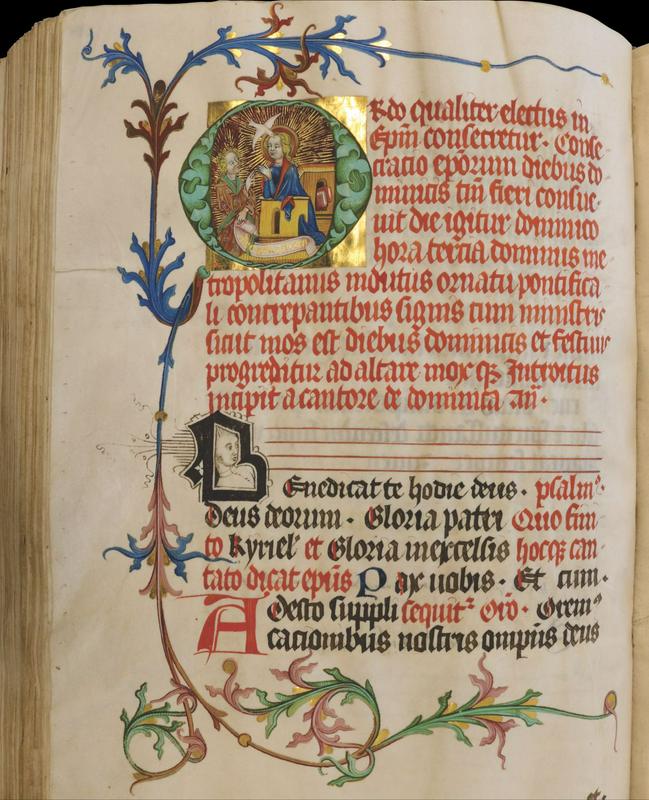
Medieval and early Renaissance manuscript treasures owned by the Archbishop's Archive of Maribor, the Regional Archive of Maribor and the University Library of Maribor are being exhibited in Ljubljana under the title On Parchment and Paper, Manuscripts and Prints from Maribor's collections.
Although the mere mention of manuscripts and incunabula from the period between the Freising manuscripts (the oldest document in Slovene) and the books of Primož Trubar (the first books in Slovene) is invitation enough to see the exhibition, there are at least two other reasons that make a visit worthwhile. According to Nataša Golob, the author of the exhibition, the first and probably most important reason is the fact that manuscripts are one of the most closely protected artefacts from our past, which is why great care is required when putting them on display. Since these are extremely sensitive works that have survived long centuries, it is our task to preserve their condition for our descendants. This is also why manuscripts are so rarely presented to the public. "It is probably the only chance in our lifetime to admire these works, which too few people know about since they contain exquisite painted art," explains Golob.
Initials and illuminations are a particularly key element of manuscripts, since – due to the poorer preservation of frescoes and panel paintings – it best documents the history of painting art in the Middle Ages and early Renaissance.
The display, which will close on 8 February next year, features works from the period between mid-12th and mid-16th centuries, which exhibit aesthetic as well as stylistic characteristics of European art centres connected with the Slovenian territory and its cultural centres. The works were created in places such as the academic institutions of Paris, the papal office in Rome, and the royal manuscript workshops in Prague. Each of the exhibits bears witness of the skilled hands of illuminators, the touch of copywriters and the ingenuity of bookbinders, who all contributed their share toward the final image of these historical and artistic monuments.

































































